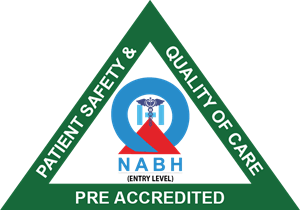- Home
- About
- Specialities
Centers of Excellence
- Facilities
- Procedures
Procedures
- Doctor List
- Health Packages
- Contact


At Baksons Gynaecology Department, we offer holistic services for the reproductive health and gynaecological needs of women in a comprehensive, compassionate, sophisticated and dedicated manner with the highest emphasis on patient safety.
Patients are referred for advanced procedures including minimally invasive surgeries like Laparoscopic surgeries and those requiring Gynae Oncology treatment.
We strive to provide care using Homeopathic and Allopathic medicines in a “Concerned Patient and Family First” environment. At our Gynaecology and Gynae Oncology Department, we help diagnose and treat various kinds of disorders associated with gynaecological needs of women, with top expertise utilizing the latest care available in Homeopathy and Allopathy.
Services offered:-
| 10 AM - 1 PM | (Mon, Wed, Thu, Sat.) |
| 5 PM -7 PM | (Monday to Saturday) |
Get to know our dedicated group of board certified doctors with exemplary qualifications, here to assist you on your healthcare journey.
These are stories that involves resilience, persistence & personal strength. Overcoming odds, difficulty and of course challenges of health, these stories ought to inspire us to look beyond the difficulties because there is always more to our lives than just challenges


You can choose to walk in to meet our doctors in their OPD or better still to book your appointment on line. You don’t need to wait. We have specialists in almost all fields of modern medicine.
We have rendered services in Homoeopathy for over 5 decades.
© copyright 2021 | All rights reserved